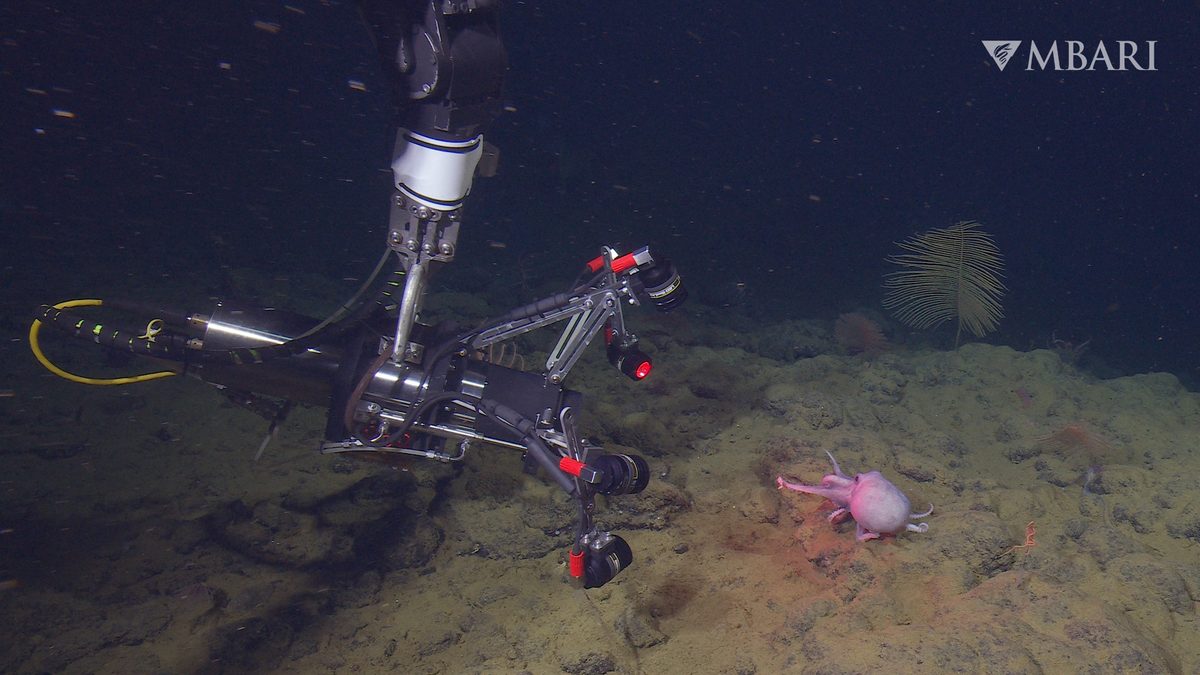Chelsea kicked off their pre-season campaign with an impressive 2-0 victory against Bayer Leverkusen at Stamford Bridge on Friday (August 8), showcasing their exciting new signings and youthful talent.
The match, marked by a dominant display from the Blues, saw Brazilian teenager Estevao Willian and summer recruit Joao Pedro steal the spotlight with their goal-scoring heroics.
Estevao Willian’s dream debut
Estevao Willian, the 18-year-old Brazilian player, made an immediate impact on his Stamford Bridge debut. Just 17 minutes into the match, Estevao capitalized on a rebound from Cole Palmer’s lobbed effort that struck the crossbar, slotting home a close-range finish to open the scoring.
His goal was only part of the story. Estevao’s fearless dribbling and runs down the flank left Leverkusen’s defenders struggling.
Joao Pedro’s heroics
While Estevao set the tone, it was another new signing, Joao Pedro, who sealed the victory with a stunning goal in the final minute. The former Brighton attacker, introduced as a substitute, showcased his talent by taking the ball on the edge of the box and firing a low, zipping shot into the bottom corner.
The Stamford Bridge faithful erupted, already embracing Pedro as a fan favorite. His late strike not only secured the 2-0 win but also highlighted the attacking depth Chelsea possess heading into the new season.
Chelsea’s dominance and emerging talent
Chelsea displayed their dominance in the game from start to finish, particularly in the first half, where they had the command of possession and territory. Despite Leverkusen’s inability to break out of their half, Chelsea’s fluency waned slightly in the second period due to multiple substitutions. However, glimpses of their attacking skills were evident, with moments of brilliance from their young stars.
Andrey Santos, who joined the team in 2023, got the chance to display his skills in the game as he started alongside Liam Delap, the new striker. But Delap had a tough game and was taken off after about an hour, with Pedro stealing the show after coming on.
Another sub, Jorrel Hato, made a big impact by stopping a dangerous move from Leverkusen’s Patrik Schick. Young players Josh Acheampong and Tyrique George were also impressive during the clash. Acheampong, who’s 19, got away with a mistake, while George sometimes rushed his plays but looked promising.
What’s next for the Blues?
Chelsea’s pre-season will continue with a friendly against AC Milan this weekend. The Premier League campaign kicks off against Crystal Palace next Sunday, where Enzo Maresca’s side will look to build on this promising performance.
With Estevao and Joao Pedro already making their mark, Chelsea fans will be eagerly waiting for the other stars to shine as well.










